Data is everywhere, and there’s no way to escape it. According to the IDC, in 2011, we created 1.8 zettabytes — 1.8 trillion gigabytes — of information. That’s enough to fill 57.5 billion 32 GB iPads. The following year, we hit 2.8 zettabytes, and by 2020, we are forecasted to hit 40 zettabytes.
With all that information, it’s no wonder so many businesses are overwhelmed and don’t know what to do with all the data at their disposal. As it stands, businesses are only analyzing 12% of their data, leaving a whole lot of untapped potential.
4 Ways Marketers Can Use Big Data
Big data can be found in a number of places throughout business operations: sales history, transaction data, website analytics, and social media, to name a few. The possibilities for what can be done with big data are nearly endless. Investing in data collection and analysis can prove highly beneficial to businesses both online and off.
1. Real-time Pricing
Major retailers such as Macy’s and Kohl’s, use big data for real-time pricing. Platforms like Wiser allow businesses to adjust pricing in real-time based on a variety of factors including competitor pricing and time of day. Wiser says retailers using their platform see a 22% increase in sales revenue, a 7% increase in profit, and an 18% increase in checkout conversion rates.
 2. Improve Reach
2. Improve Reach
In his 2012 re-election, President Obama’s campaign manager chose to use big data and analytics to drive efforts. Using a staff of 100, half of them worked in an analytics department, 20 of them worked at various campaign headquarters locations, and 30 of them worked in the field to interpret data. With the data collected, Obama’s team worked on key metrics: encouraging voters to register, persuading undecided voters to vote for Obama, and getting votes to the polls on Election Day. They did this with a strategic online presence, social media, personal messaging, and ad buying. Data helped the campaign staff figure out where to reach the pivotal voters, and the best ways engage them.
3. Target Content and Marketing
Your business can use big data to tailor marketing campaigns to better reach new and existing customers. Take for instance, eBags, a leading online luggage retailer. Thier large catalog, featuring more than 60,000 SKUs. Since many of the brands they cary are exclusive, using a blanket approach like a sitewide discount coupon isn’t as effective as creating personalized, timely, discounts. With big data, the company was able to segment their audience and deliver the right content to the right user at the right time, resulting in higher conversion rates and an increase in the average order value (AOV), as well as improved margins for their house brand.
4. Fraud Prevention
While this isn’t directly linked to “marketing,” this is a real issue. Global credit card fraud reached $11.27 billion in 2012. Merchants incurred 37% of those losses, so it’s critical to take steps to minimize fraudulent activity. Feedzai is a platform that uses big data to do just that, whether via mobile, online, or in-store. In real-time, the platform uses a combination of machine learning and behavioral analysis to determine if there’s anything fishy about the transaction and sends an alert.
3 Tools for Big Data Analysis
To make the most of the data your business is already collecting, you’ll need tools to help you convert those numbers into actionable data points you can use to make decisions for your company. Countless tools are available on the market today, so it can be difficult to determine which ones to use.
 1. Rival IQ
1. Rival IQ
Rival IQ provides an insightful social media analytics tool to help mine data from Twitter, Facebook, Instagram, Google+, YouTube, LinkedIn and your website. Learn more about what your competitors are doing. Track mentions on Twitter to find and engage influencers in your niche. Find out who is mentioning your company and the competition, see their reach, and the content used, so you can foster relationships and adjust your SEO and SEM strategies as needed. We are huge fans, obviously 🙂
 2. Data Hero
2. Data Hero
DataHero is a business intelligence tool designed to connect multiple cloud services into a single dashboard for analysis. Import data from Google Analytics, MailChimp, HubSpot, Desk, Shopify, Dropbox, OneDrive, and several other applications to get a bird’s eye view of what’s going on in your business and how it affects your bottom line. Use the connections to generate charts — starting with the ones DataHero suggests for you — to make sense of the data each application collections.
 3. Hotjar
3. Hotjar
Hotjar is a heat mapping tool that shows you where your users are clicking and how they’re scrolling on your website. For example, if conversion rates are low, you can use the heat map to determine where people are active and what they’re ignoring. Make a few changes to the layout, and watch your conversion rate to see if it increases. The scrollmap feature shows you how far users scroll down the page before abandoning it, so you can see where you need to make adjustments.
Make Your Marketing More Powerful
Big data doesn’t have to be a big headache. With the right tools at your disposal, you can cut through the clutter and get straight to insights you can use to make confident, informed, and strategic decisions about your marketing strategy. Have some favorite data-driven marketing tools? Share them with us by commenting below!

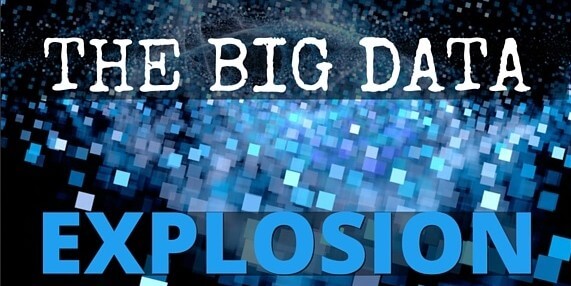
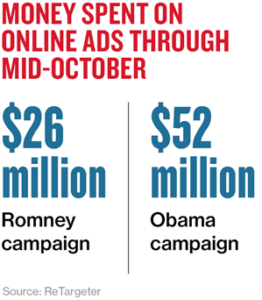
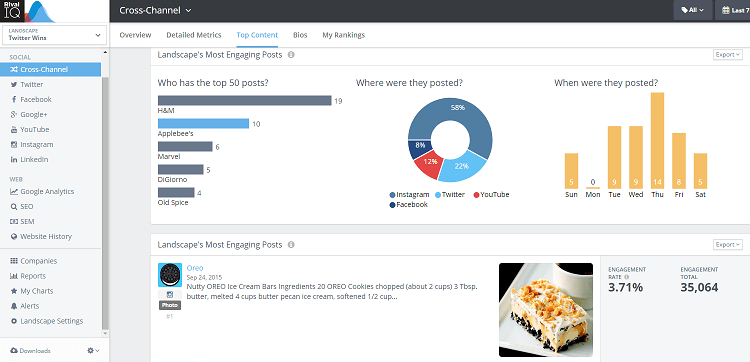 1. Rival IQ
1. Rival IQ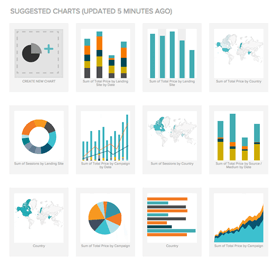
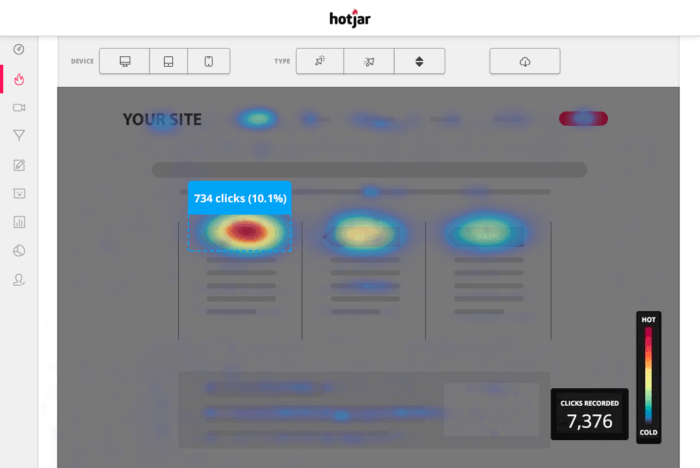 3. Hotjar
3. Hotjar